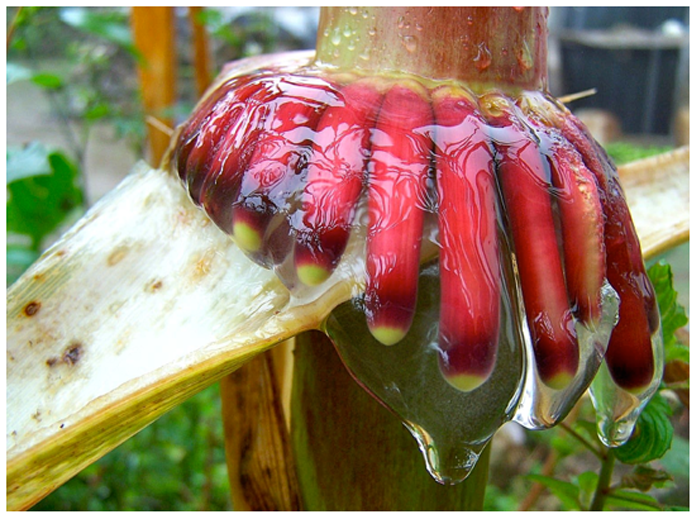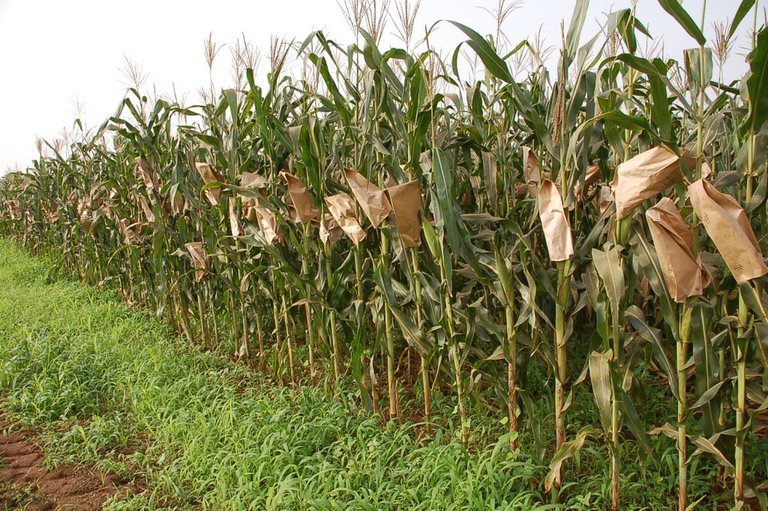We could say nitrogen is our closest molecular neighbor since we are surrounded by Nitrogen. The air is made up of 78% nitrogen, and it is important to all plant and a major component of chlorophyll and protein just that there is a problem with directing fixing nitrogen in majority of the plants except legumes. Which means they cannot convert the Nitrogen in the air into Ammonia (NH3) which is what is useful to them.
With a population of over 2 billion people, we feed on cereal grains like Wheat, Corn, Sorghum, Barley, and Millet, as staple food which means its fuels us literally covering over 50% of our food makeup but they cannot fix their own nitrogen into the soil which has led to using nitrogen rich fertilizers to get big yield for food but while we are able to feed well, our actions causes a lot of damage because when we apply this fertilizers the plant only takes up half of the fertilizer.
The remnant are then washed off to streams, rivers, and oceans, polluting the water table leading to dead zones where algae grow depleting the amount of oxygen in the water and causing water animals to die. When I mention big yield to feed people, I was talking about those who could afford to purchase fertilizers because fertilizer isn't cheap and people who cannot afford it have to do with whatever yield they get.
But then, there is a maize or corn as you know it to be that grows extremely tall up to 16ft and has part of its roots outside which produces its own Nitrogen-fixing bacteria. Its name is Sierra Mixe corn locally known as Oloton, found in Mexico and scientist are investigating this corn to understand how it produces its own nitrogen to fertilize itself. While you might want to wonder what could be the motivate one to research this plant, scientists already thought far about it. First of all, financial, environmental, yield producing, and scientific motivation are the price.
The plant produces a slimy mucigel which is packed with nitrogen-fixing bacteria usually found in soil and the gel in the plant act as a shield that creates a low oxygen environment that allows the bacteria to convert atmospheric nitrogen into what the plant can use allowing the plant to take up to 80% of the nitrogen it needs directly from the air. While this corn is great no doubt, scientists have to be able to do a lot of researching and a lot of hybrid modification to make sure that the maize that would be gotten from the research can compete with the current industrial scale corn because if it cannot, then farmers aren't going to accept it.
Scientists are currently cross-breeding it to transfer the unique properties of the other varieties of corn and they have been able to half the time taken for it to grow and they have made progress in the part of fixing Nitrogen as well. Currently, about 40% fixation is possible from the research done with hybrid maize but then this isn't about corn alone. Scientist are looking into being able to fix nitrogen in all cereal crop so we could have Nitrogen-fixing maize, Nitrogen-fixing rice, Nitrogen fixing sorghum and so on.
Very soon, with positive results from the research, we would not need to use fertilizers for the majority of the crops that we plant and eat since they will be able to fix their nitrogen converting it to Ammonia. When that happen, world hunger would be reduced drastically.
.
Reference
.
https://www.researchgate.net/figure/Three-types-of-maize-Oloton
https://pmc.ncbi.nlm.nih.gov/articles/PMC7489573/
https://www.ucdavis.edu/news/study-finds-indigenous-mexican-corn-captures-nitrogen
https://www.frontiersin.org/journals/plant-science/articles/10.3389/fpls.2022.977056/full

